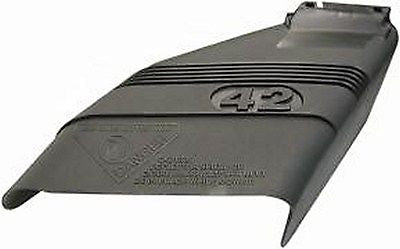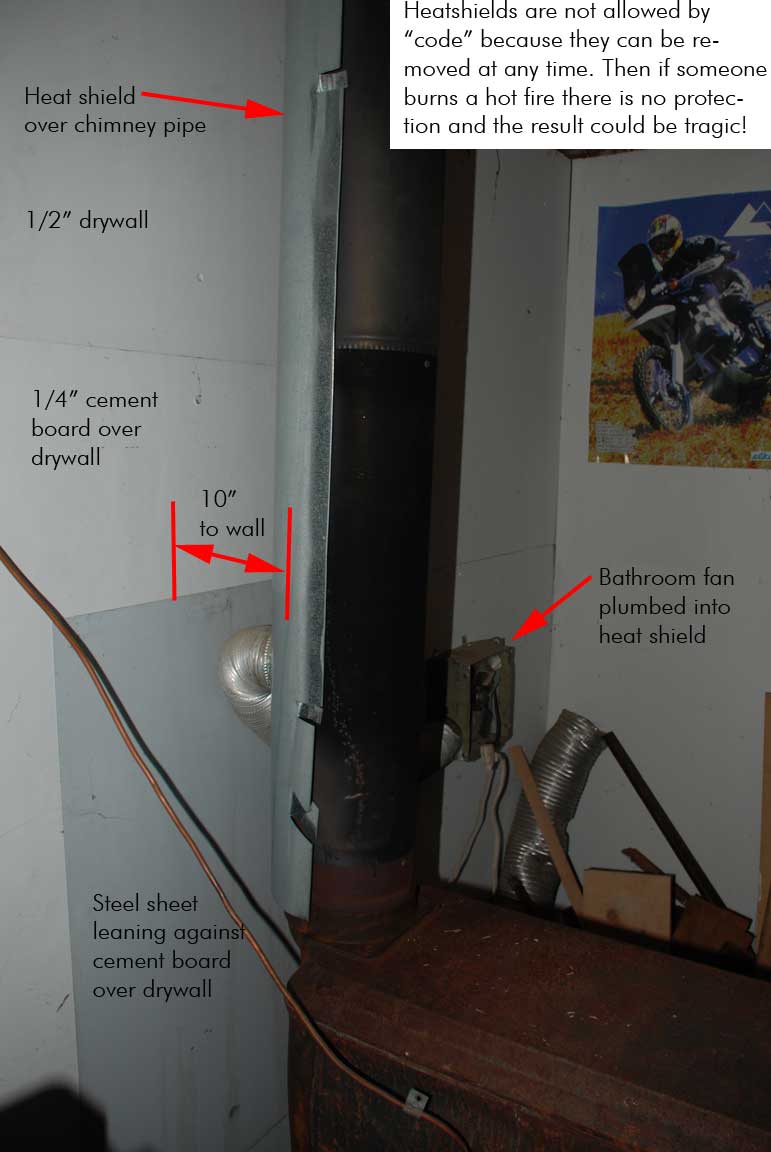
The finding was proof the researchers needed that the concept could be applied to a spacecraft. The magnet’s field interacted with the plasma in the tunnel and generated an electric field that made most of the incoming particles swerve around it – similar to raindrops deflected off an umbrella. A magnet the size of a coin was put in the path of a stream of protons. To confirm the idea, the researchers tried to mimic the conditions on a much smaller scale in a plasma wind tunnel. The shield is not the magnetic field itself, but the resulting electric one. “Darker material is older, and these patches, which look like spilled milk, are whiter – so the material there is younger, less weathered, because it’s shielded from the solar bombardment,” says Bamford. When the solar wind hits the weak magnetic bubbles, a much stronger electric field is generated. However, Bamford and her team believe that the mini-magnetospheres can protect patches on the Moon’s surface from solar wind and solar flares. But the magnetism was so weak – much weaker than the Earth’s magnetosphere – that scientists assumed highly charged protons could easily penetrate these shields. Apollo missions and lunar surveys detected that these patches were slightly magnetic. These so-called lunar swirls look like spilled milk, and can be tens of kilometres across. For decades, scientists were perplexed by bright white patches on the lunar surface, areas that did not seem to be affected much by space weather. Between the Apollo 16 and Apollo 17 moonwalks, there was an even deadlier flare event – astronauts would have been killed, as the solar storm bathed the Moon’s surface in 7,000 rem of radiation.īut, despite the Moon’s lack of a magnetosphere, it may also hint at a protective solution. The Apollo 12 crew descended on the lunar surface only a few weeks after a major solar flare, which carried with it 100 rem of radiation. Unlike Earth, the Moon doesn't have a magnetic field, and since its creation nearly 4.5 billion years ago its surface has been bombarded ruthlessly with high-energy particles. Nasa’s Apollo missions are the only ones that have sent humans beyond the Earth’s magnetic field – and as it turns out they were very lucky.

Polyethylene could offer protection, but only if it’s an extremely thick and heavy layer – and therefore may not be a viable solution for spaceships. Vital systems shut down.” Even minor, non-fatal dosages result in short-term vomiting and diarrhoea, “which on a spacecraft are not a joke,” she adds. They damage your cells so much that your organs become unviable, and you have no time to develop cancer, you fall apart in a few days. “Highly energetic protons can easily penetrate the walls of a spacecraft, and are able to disrupt human DNA and molecular structures inside cells. “Being in a solar storm is like standing in the beam of a particle accelerator,” says Bamford. For astronauts caught in these streams, it could mean instant death. If the Sun has a sudden solar flare, or a “coronal mass ejection”, space fills with streams of high-energy protons. On a several months-long mission to the Red Planet, for instance, the unpredictability of “space weather” poses a problem. Once you leave the magnetosphere, though, you’ll be in trouble, says Dr Ruth Bamford from the Rutherford Appleton Laboratory (RAL) Space in Oxfordshire, UK. This material is rich in hydrogen, and hydrogen atoms are great at absorbing and dispersing radiation. To protect them, crew quarters are lined with high-density polyethylene, several centimetres thick.

Orbiting 350 kilometres (220 miles) above Earth’s surface the International Space Station (ISS) is still within the magnetosphere, but the planet’s magnetic cocoon is already threadbare, and astronauts are exposed to radiation that amounts to the equivalent of about eight chest X-rays a day. On average, humans are hit by around 360 millirems of environmental radiation per year – the equivalent of five chest X-rays.
#Deflector shield skin#
Here, below the protective magnetosphere, we are only exposed to UV radiation, which helps us tan, but also can cause skin cancer. The renewed interest in human space exploration – with an application process already underway to select two astronauts for an ambitious Mars mission – demands efforts to ensure the safety of astronauts venturing far from Earth’s natural deflector shield, its magnetic field. On Earth, scientists are busy trying to recreate this fictional concept, not to protect astronauts from aliens, but from a much more immediate and dangerous threat – streams of charged particles shooting out from our very own Sun.ĭealing with harmful radiation is becoming an ever-more relevant consideration. As any starship captain knows, should Klingons or Romulans ever attack your craft, the first thing you do is to raise the deflector shields.


 0 kommentar(er)
0 kommentar(er)
